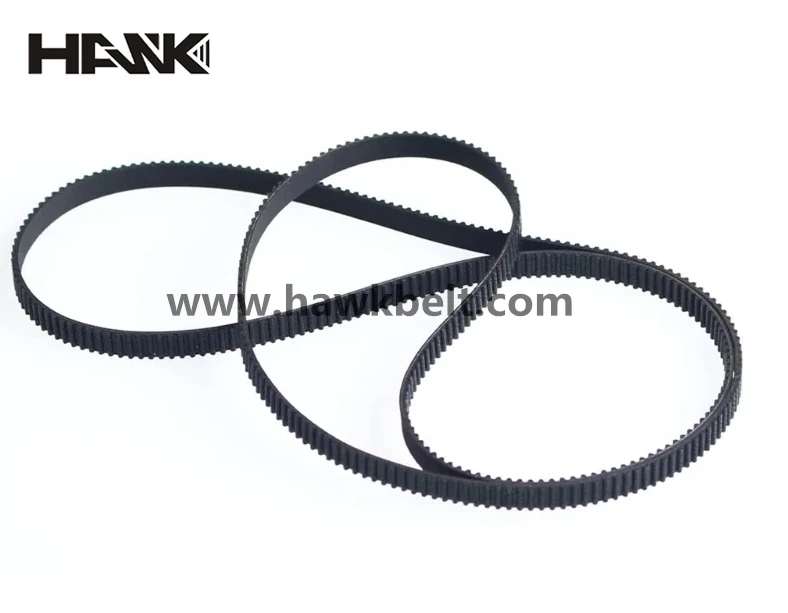- Arabic
- French
- Russian
- Spanish
- Portuguese
- Turkish
- Armenian
- English
- Albanian
- Amharic
- Azerbaijani
- Basque
- Belarusian
- Bengali
- Bosnian
- Bulgarian
- Catalan
- Cebuano
- Corsican
- Croatian
- Czech
- Danish
- Dutch
- Afrikaans
- Esperanto
- Estonian
- Finnish
- Frisian
- Galician
- Georgian
- German
- Greek
- Gujarati
- Haitian Creole
- hausa
- hawaiian
- Hebrew
- Hindi
- Miao
- Hungarian
- Icelandic
- igbo
- Indonesian
- irish
- Italian
- Japanese
- Javanese
- Kannada
- kazakh
- Khmer
- Rwandese
- Korean
- Kurdish
- Kyrgyz
- Lao
- Latin
- Latvian
- Lithuanian
- Luxembourgish
- Macedonian
- Malgashi
- Malay
- Malayalam
- Maltese
- Maori
- Marathi
- Mongolian
- Myanmar
- Nepali
- Norwegian
- Norwegian
- Occitan
- Pashto
- Persian
- Polish
- Punjabi
- Romanian
- Samoan
- Scottish Gaelic
- Serbian
- Sesotho
- Shona
- Sindhi
- Sinhala
- Slovak
- Slovenian
- Somali
- Sundanese
- Swahili
- Swedish
- Tagalog
- Tajik
- Tamil
- Tatar
- Telugu
- Thai
- Turkmen
- Ukrainian
- Urdu
- Uighur
- Uzbek
- Vietnamese
- Welsh
- Bantu
- Yiddish
- Yoruba
- Zulu
Nov . 07, 2024 19:19 Back to list
Flat Belt Conveyors for Efficient Material Handling Solutions in Various Industries
Understanding Conveyor Flat Belts The Backbone of Modern Industry
Conveyor flat belts are integral components within various industries, facilitating the efficient movement of goods and materials from one point to another. As a core element in conveyor systems, these belts have revolutionized the way products are manufactured, assembled, and distributed. In this article, we will explore the key features, applications, and benefits of conveyor flat belts, highlighting their importance in modern industrial operations.
What Are Conveyor Flat Belts?
Conveyor flat belts are continuous, flexible strips made from various materials, including rubber, fabric, and plastic. They are designed to transport items across a flat surface, using rollers or pulleys to drive the movement. The construction of these belts can vary depending on the application, with some belts featuring added surface textures for better grip or enhancements for specific operational needs.
Key Features
The design of conveyor flat belts encompasses several critical features
1. Material Composition The choice of material influences the belt's strength, durability, and resistance to wear and tear. For instance, rubber belts are often used in environments requiring high friction, while plastic belts are suitable for food processing due to their non-porous nature.
2. Customizability Conveyor belts can be customized to meet the specific requirements of different industries. Options such as varying widths, lengths, and additives make it possible to tailor solutions for any operational need.
3. Temperature Tolerance Many industrial processes involve varying temperatures. Conveyor flat belts can be engineered to withstand extreme conditions, ensuring reliability in environments such as freezing storage or high-temperature processing.
4. Maintenance and Longevity Modern conveyor belts are designed for minimal maintenance and long operational life. Many are equipped with end-of-life indicators or wear-resistant surfaces to prevent unexpected downtime.
Applications Across Industries
Conveyor flat belts are widely adopted across numerous industries, including
- Manufacturing In assembly lines, flat belts seamlessly transport parts and products between workstations, increasing efficiency and reducing manual handling.
conveyor flat belt

- Food Processing Designed with hygiene in mind, these belts enable the movement of food items while adhering to strict cleanliness standards, which is crucial in food safety.
- Mining and Materials Handling In environments where heavy materials are transported, flat belts offer a reliable solution for moving ores, aggregates, and other bulk materials
.- Logistics and Packaging Conveyor flat belts are essential in warehouses and distribution centers, where they help move packages, sort items, and facilitate order fulfillment processes efficiently.
Benefits of Conveyor Flat Belts
The advantages of incorporating conveyor flat belts into industrial operations are numerous
1. Increased Efficiency By automating the transportation of goods, conveyor belts significantly reduce the time and labor required for these tasks, leading to higher productivity levels.
2. Versatility Conveyor flat belts can be used to transport a wide range of products, from lightweight items to heavy-duty materials, making them suitable for diverse applications.
3. Safety Conveyors help streamline processes, minimizing the need for manual handling of materials, which can reduce the risk of workplace injuries.
4. Cost-Effectiveness With lower labor costs and increased throughput, conveyor systems contribute to overall cost savings in production and logistics.
5. Scalability Conveyor flat belts can be easily integrated into existing systems or expanded as needed, allowing businesses to scale operations in response to growing demands.
Conclusion
Conveyor flat belts are a cornerstone of efficiency in modern industrial operations. Their ability to automate the transportation of goods not only enhances productivity but also contributes to safer and more streamlined processes. With ongoing advancements in materials and technology, the future of conveyor flat belts promises even greater innovations, ensuring they will continue to be a vital asset across industries for years to come. The importance of these belts in moving towards a more efficient and productive industrial landscape cannot be overstated, marking them as essential tools in the ongoing evolution of manufacturing and logistics.
-
Upgrade Power Steering Pump Belt for Smooth, Quiet Operation
NewsAug.27,2025
-
Precision Timing Belt & Chain: Engine Performance & Durability
NewsAug.26,2025
-
Precision Lathe Drive Belts: Durable & Reliable Performance
NewsAug.25,2025
-
84.5 Serpentine Belt: Durable & Precision Fit for Your Engine
NewsAug.24,2025
-
Premium Ribbed Drive Belts for Quiet Power Transmission
NewsAug.23,2025
-
High-Performance Vehicle Timing Belt for Engine Precision
NewsAug.22,2025

